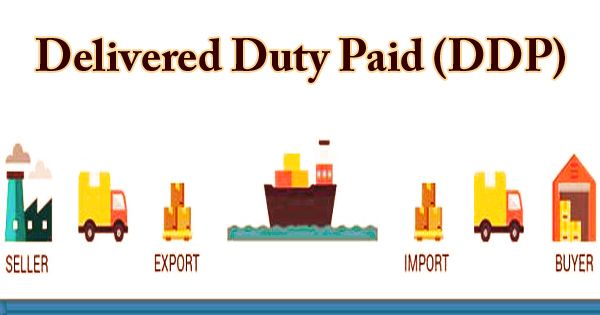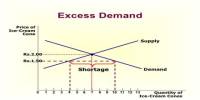A quasi-market is a public-sector institutional structure designed to reap the ostensible efficiency gains of free markets while retaining the equity benefits of traditional public-sector administration and financing systems. It designed and supervised markets with the goal of increasing efficiency and choice over bureaucratic delivery systems while maintaining more equity, accessibility, and stability than traditional markets. Quasi markets are also known as planned markets or internal markets.
A market, in economic terms, is an exchange mechanism for commodities that can match supply and demand, primarily through price adjustments. In this sense, a market can be thought of as a self-adjusting monetary incentive system that influences the behavior of consumers and providers in order for them to agree on terms of exchange. Quasi markets are another type of exchange system that aims to mimic the characteristics of competitive markets, such as self-adjusting incentive systems that influence consumer and provider behavior.
On the supply side, quasi-markets are a type of market system because there is competition among many providers to attract consumers. However, most of the time, those providers are not simply looking to maximize their profits. In the public sector, those providers are frequently non-owned or non-governmental organizations (NGOs). Providers can also be components or sectors of a single organization that trades their services internally within a type of quasi-market known as an internal market.
On the demand side, quasi-markets are intended to generate or improve consumer choice, requiring providers to respond to those choices. However, welfare-state quasi-markets differ from conventional ones in that consumers are generally not directly paying for the service they choose, and price plays only a minor, if any, role in the consumers’ choice. Pricing has a direct influence on internal resource allocation in private-sector internal markets, but it does not directly influence a company’s bottom line.
Example
The NHS Internal Market, established by the National Health Service and Community Care Act 1990, is a notable example: under this system, the purchase and provision of healthcare in the UK were divided, with government-funded GP fundholders “purchasing” healthcare from NHS trusts and district health authorities that competed for the fundholders’ business. There was a slight increase in the rate of increase in NHS productivity, which was offset by higher transaction costs, but healthcare remained free at the point of service and funded through taxation.
In October 2014, a debate erupted over whether University Hospitals Birmingham NHS Foundation Trust should be allowed to refuse patients who live outside its immediate catchment area. According to Dame Julie Moore, the NHS is neither an efficient market nor a well-managed system. She claimed that her hospital was losing money as a result of its success in attracting patients from outside the city.
















